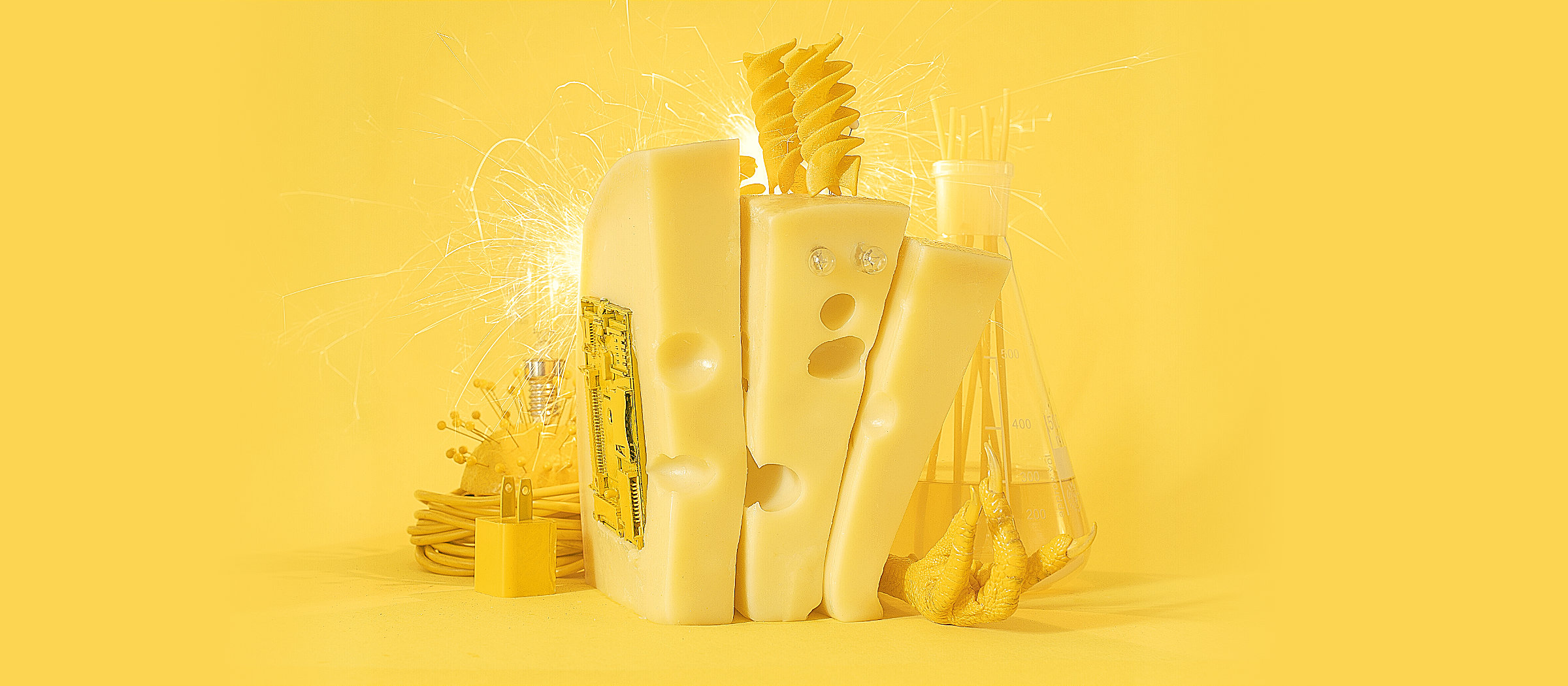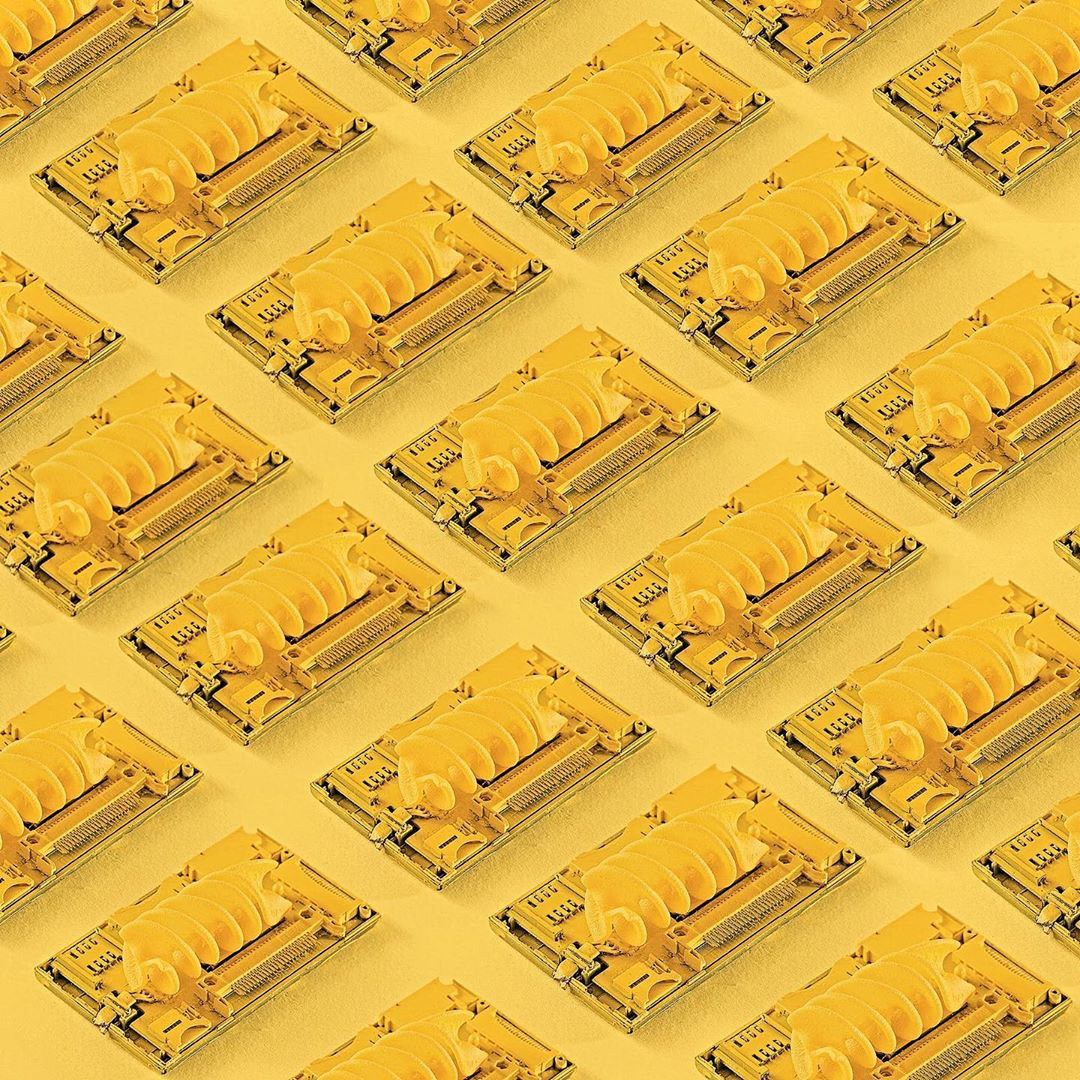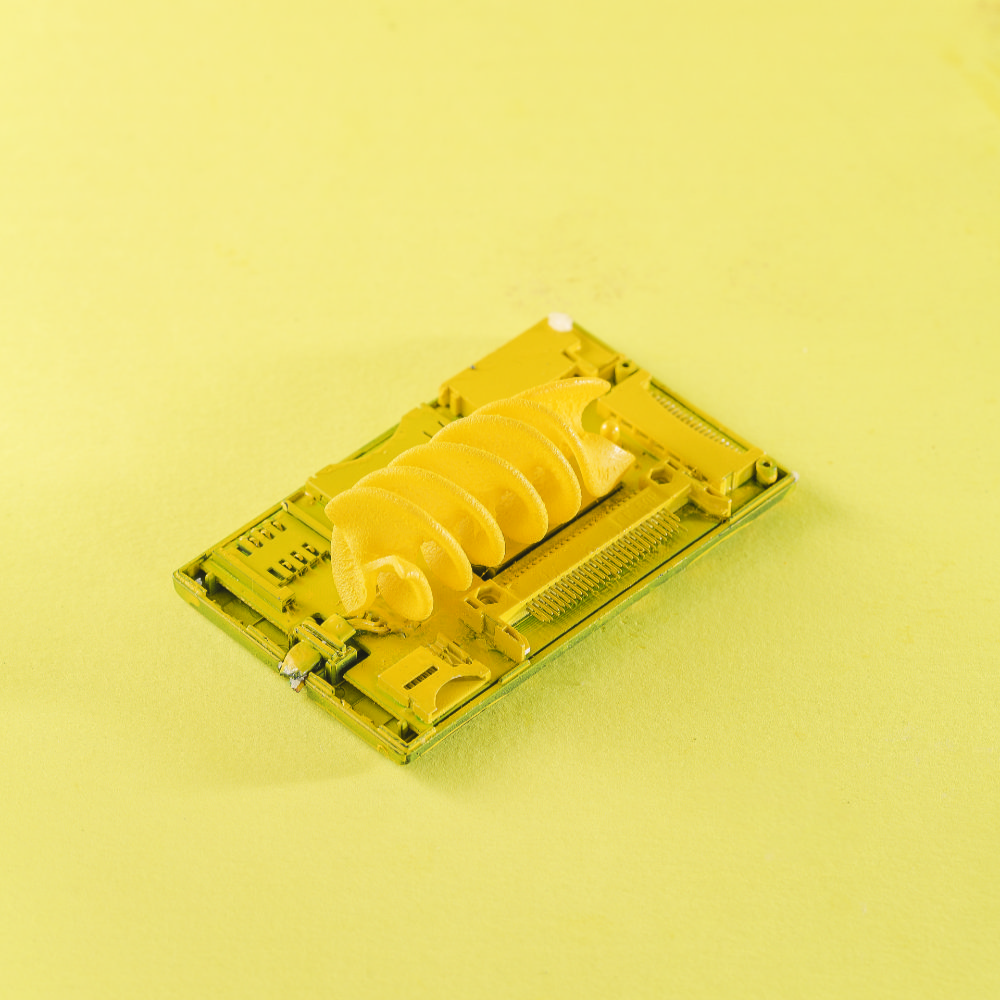The New Gastronome
In Case of Cibopatia
Ghostly Chickens, Food Manipulation and Dystopian Realities
by Andrea Bernardi
by Andrea Bernardi

Autumn is almost here, and though it might not yet be cold enough to break out the old fleece pyjamas and wool blankets, the temptation to curl up on the couch becomes sweeter with every passing day. So, if you’re a comic lover in need of a new “foodie” recommendation, here is a suggestion that will see you through the upcoming colder season!
Chew is an American comic, written by John Layman and designed by Rob Guillory, which was published from 2009 to 2016. Let me set the story, without giving away any kind of spoiler: People are upset because the bird flu has decimated the world population, and led to a ban on chicken meat. There’s a need for an administrative body that can guarantee world food security and the U.S. FDA (Food and Drug Administration) develops a sector for new wave gastronomic crimes. So much for the setting, but on to the presentation of our protagonist: Tony Chu, a peculiar FDA agent. Why peculiar? Because Tony Chu is a cytopan! “That means he can bite an apple and visualize, within his mind, which tree it grew from, what pesticides were used in the crop, and how the harvest took place. Or, he can eat a burger and feel the whole slaughter process. Strangely, the only food Tony Chu can eat without these psychic sensations are beets, and Tony Chu eats an immense amount of it.”
Analyzing Tony Chu’s ability, the “cibopatia”, we note that the word is composed of “food-”, a generic name to indicate everything that you eat; and “-pathy”, which indicates the state of being subject to certain effects, feelings, passions and, which can also mean suffering.

The cibopatico is therefore affected by what he eats. The food and the knowledge about it become an integral part of the comic, thus transforming the act of simple nourishment into a real skill that is bound to help the protagonist throughout his story.
“More than real diseases, these are illnesses deriving from the ingestion or the manipulation of food or raw materials.”
Starting from this assumption, the tale develops through different investigations that lead to the discovery of various characters and multiple “diseases” related to food. More than real diseases, these are illnesses deriving from the ingestion or the manipulation of food or raw materials.
The skills presented in the comic are manyfold, unique and extraordinary; from chefs who can communicate through the food they prepare to chocolate sculptors who create weapons, characters who can speak a new language after ingesting food from a different country and ninja tortillas-carvers.
In the world created by Layman and Guillory, food is not just nourishment, but a tool that can be used and exploited for evil purposes, or put at the service of the common good. Wealthy characters, for example, might visit places where nearly extinct animals are used for food, or where extinct species are brought back to life through genetics. This all happens, while FDA agents fight to stop people from using their gastronomic skills to make them available to the public. Within the story, there is one constant: the figure, or to better define it, the ghost of the chicken – always present, like a shadow, a fixed point for the community.

After the bird flu, underground premises sell smuggled chicken; associations and sects venerate the cult of the chicken; and laboratories study and create substitute animals and plants with the same organoleptic characteristics. Because the forbidden – in this case, by the political organs in order to preserve the human species – always remains within the memories of collective thought, becoming absolutely necessary and essential.
“In the world created by Layman and Guillory, food is not just nourishment, but a tool that can be used and exploited for evil purposes, or put at the service of the common good.”
So, what can happen in a world like this? Better not to give any spoilers and concentrate on researching the history of western comics, where the theme of food has always been treated shyly as if it were a niche. Food has always been present, but never a protagonist or of fundamental importance for the development of the story. The world of manga and eastern comics, by contrast, has had broader views, possibly influenced by a highly diversified audience. The new millennium, then, has led to a turnaround, a breath of fresh air. The culinary and gastronomic world has become trendy and, starting from television studios and magazines, has also become a protagonist in comic strips.
In 2015, Joshua David Stein, speaking about the world of comics on Eater, said that “we live in a “golden age” of comics that talk about food”. Classic characters, those of our childhood, come to mind, like Popeye and his famous spinach, always accompanied by his friend Poldo, who had a slight obsession with hamburgers. And, how could we forget Grandma Duck, the test-tube cook from the Disney world, a symbol of home cooking and author of one of the first gourmet comic books, who prepared food for all her countless grandchildren as well as for Gus Goose, her great-nephew and helper on the family farm?
Nowadays, in addition to the classics and the great publishing houses of world comics, we can also find some works written in collaboration with great chefs, such as Get Jiro! by Anthony Bourdain, Joel Rose & Langdon Foss. There are even chef protagonists, like in the case of Chef Rubio: Food Fighter by Diego Cajelli and Enza Fontana.
To sum up, Chew has characters with special food-related powers, a ghostly chicken figure and a setting that might not be terribly far from our own future – or is it? In any case, the material could be more than enough to keep you warm during the colder season. See you in spring!
References
1. Chew # 1, BAO Publishing, John Layman & Rob Guillory, June 2009
2. Treccani: definition “food-” – http://www.treccani.it/vocabolario/cibo/
3. Treccani: definition “-patia” – http://www.treccani.it/vocabolario/patia/
4. The Golden Era of Food Comics Is Happening Right Now; Joshua David Stein – https://www.eater.com/2015/8/21/9183435/food-comics-starve-get-jiro – Aug 21, 2015, 12:00pm EDT
5. Nonna Papera’s recipes; Vanity Fair – https://www.vanityfair.it/vanityfood/piatti-d’autore/14/04/25/ricette-libro-nonna-papera
6. Get Jiro!; Anthony Bourdain; Joel Rose & Langdon Foss –https://www.goodreads.com/book/show/13227480-get-jiro
7. Chef Rubio: Food Fighter; Diego Cajelli & Enza Fontana – https://www.starcomics.com/news-item.aspx?News=19296&AspxAutoDetectCookieSupport=1
Photos ©Aarón Gómez Figueroa